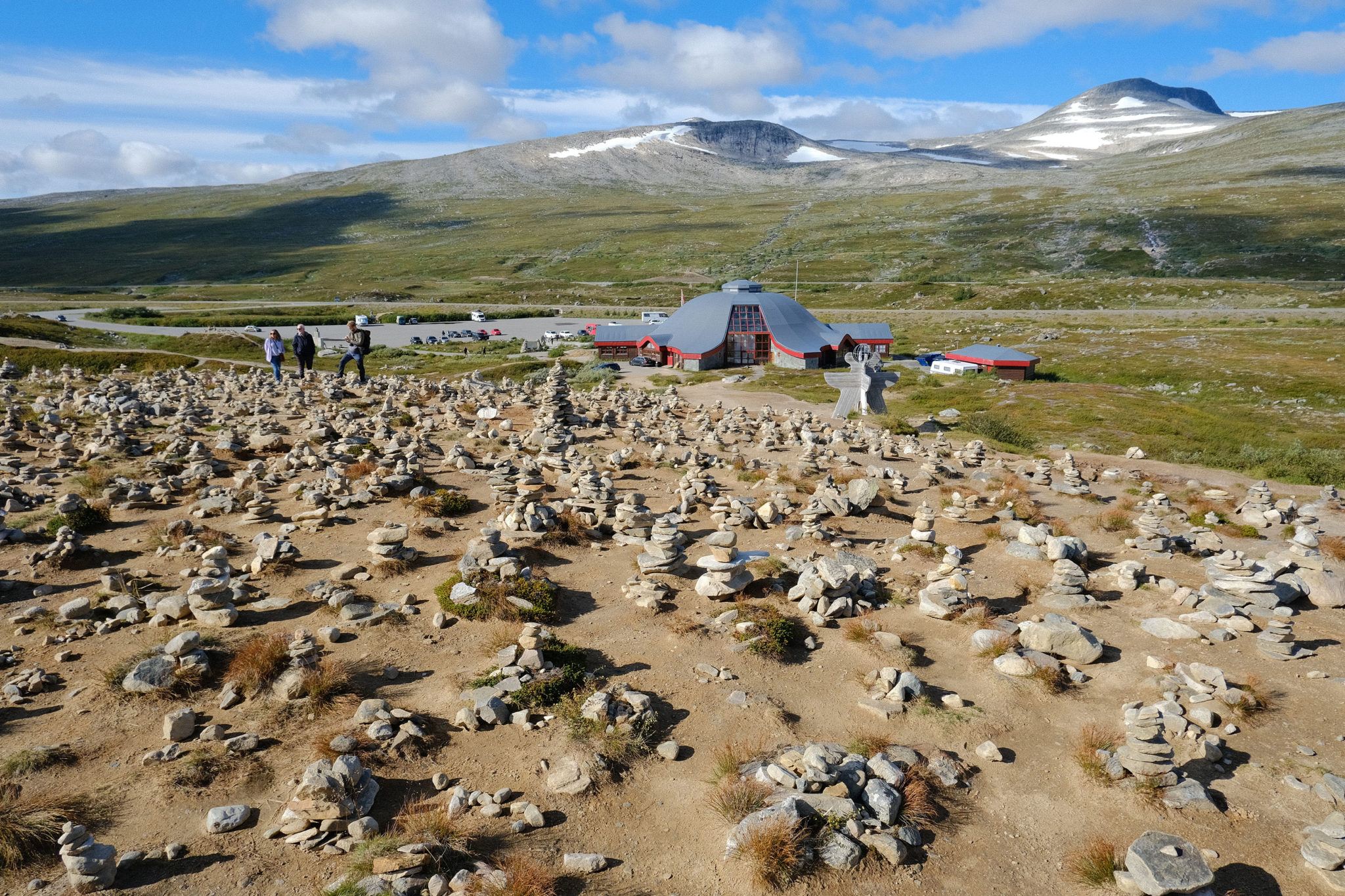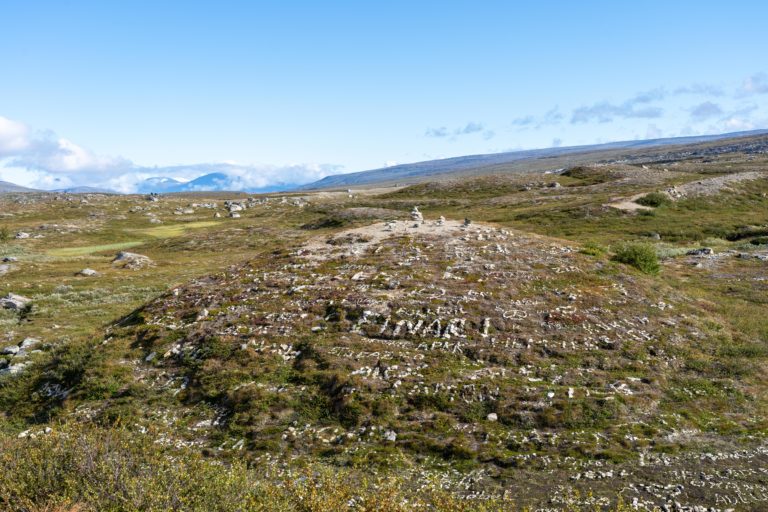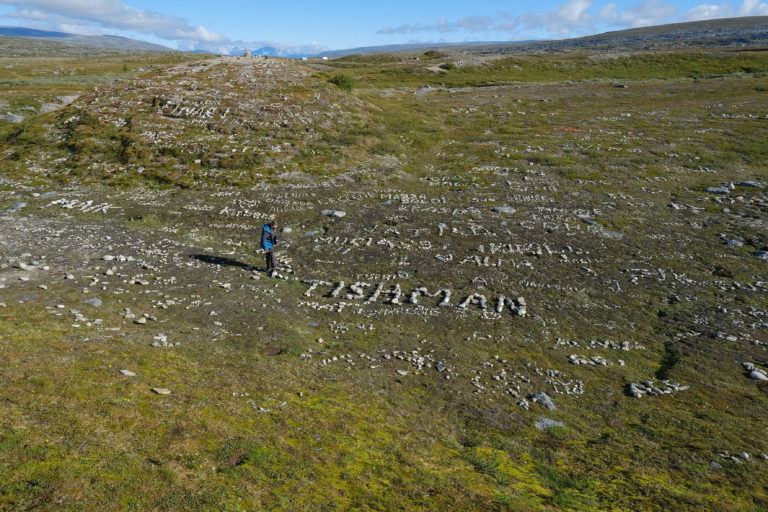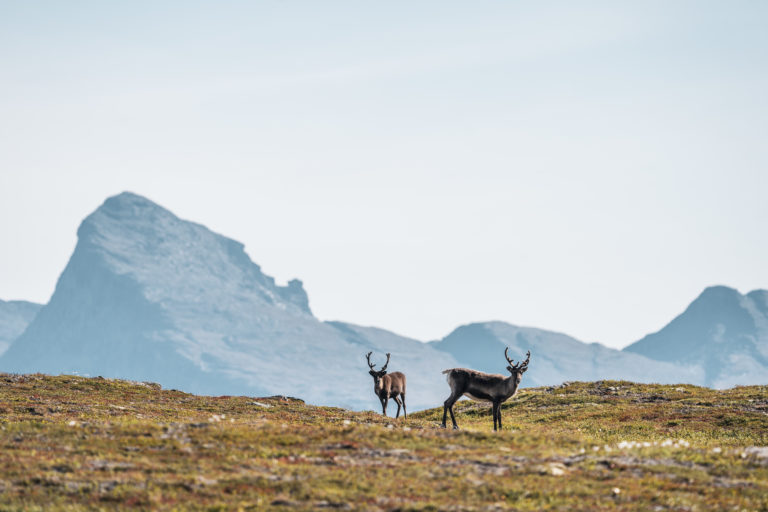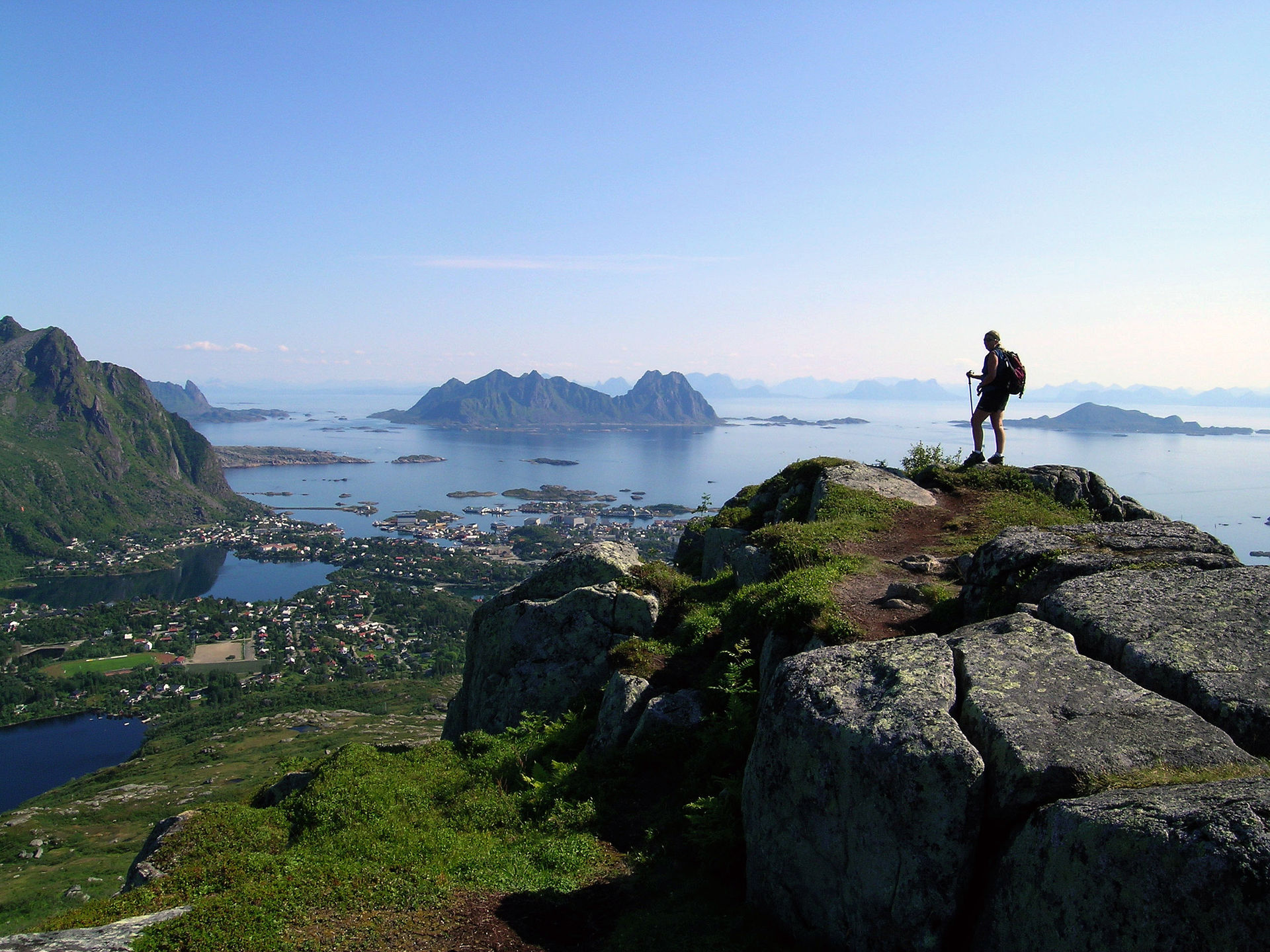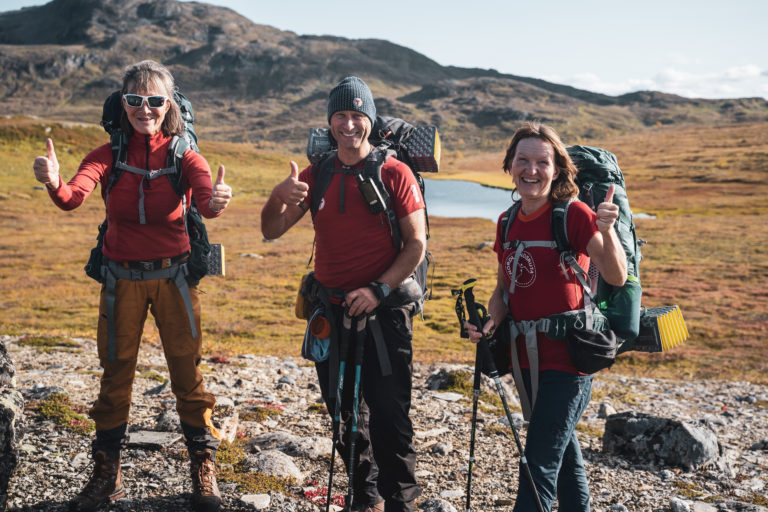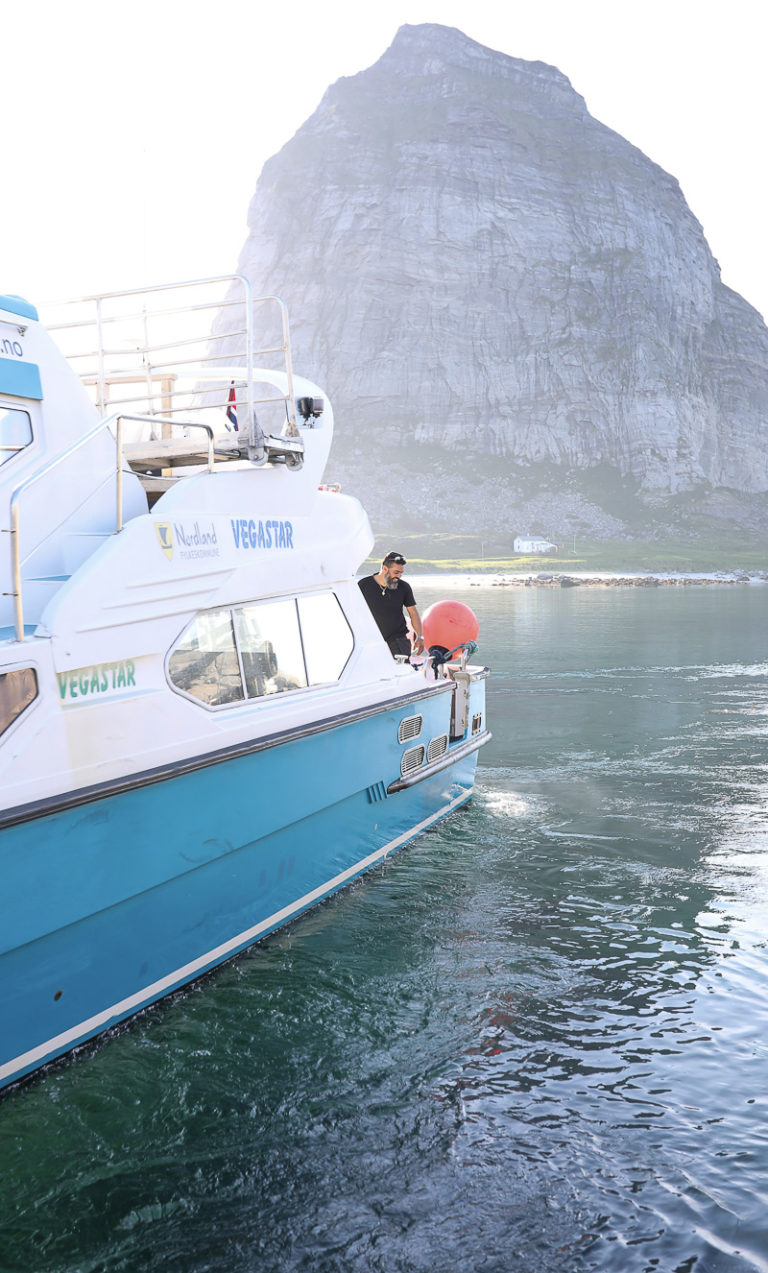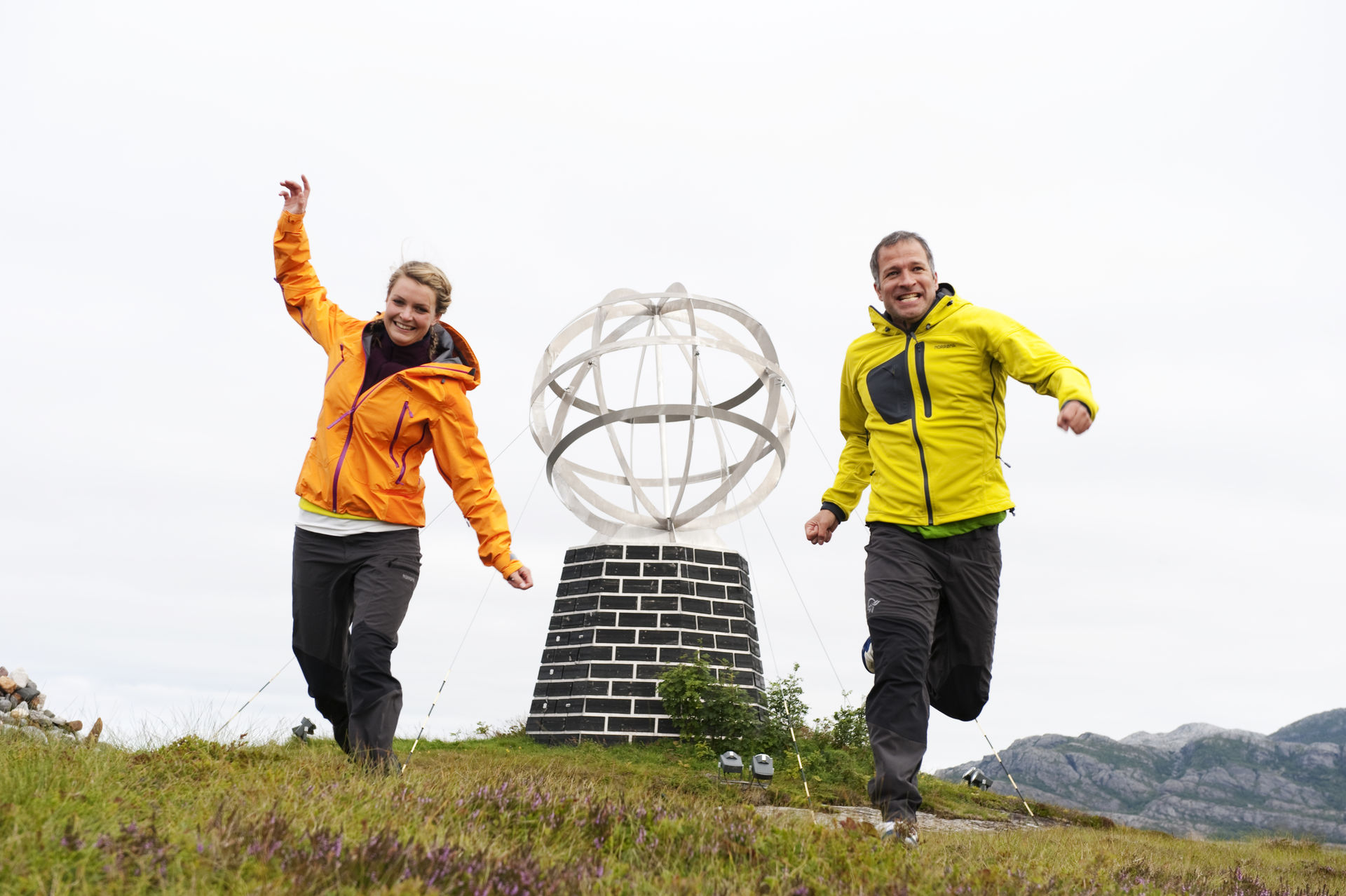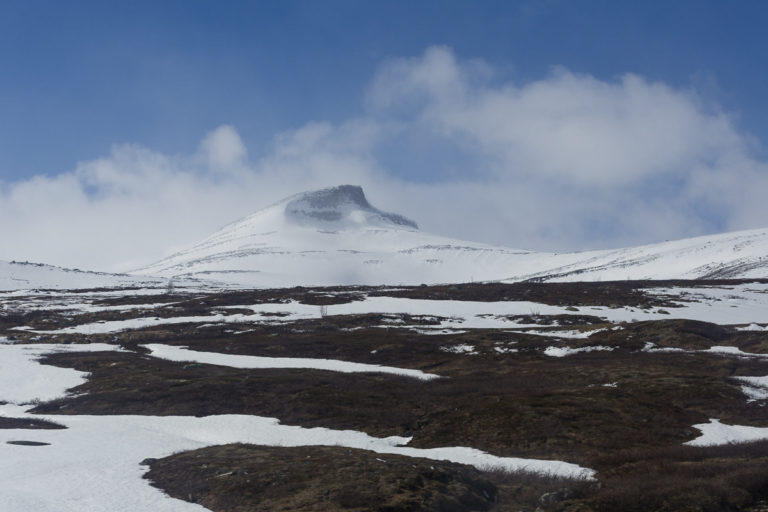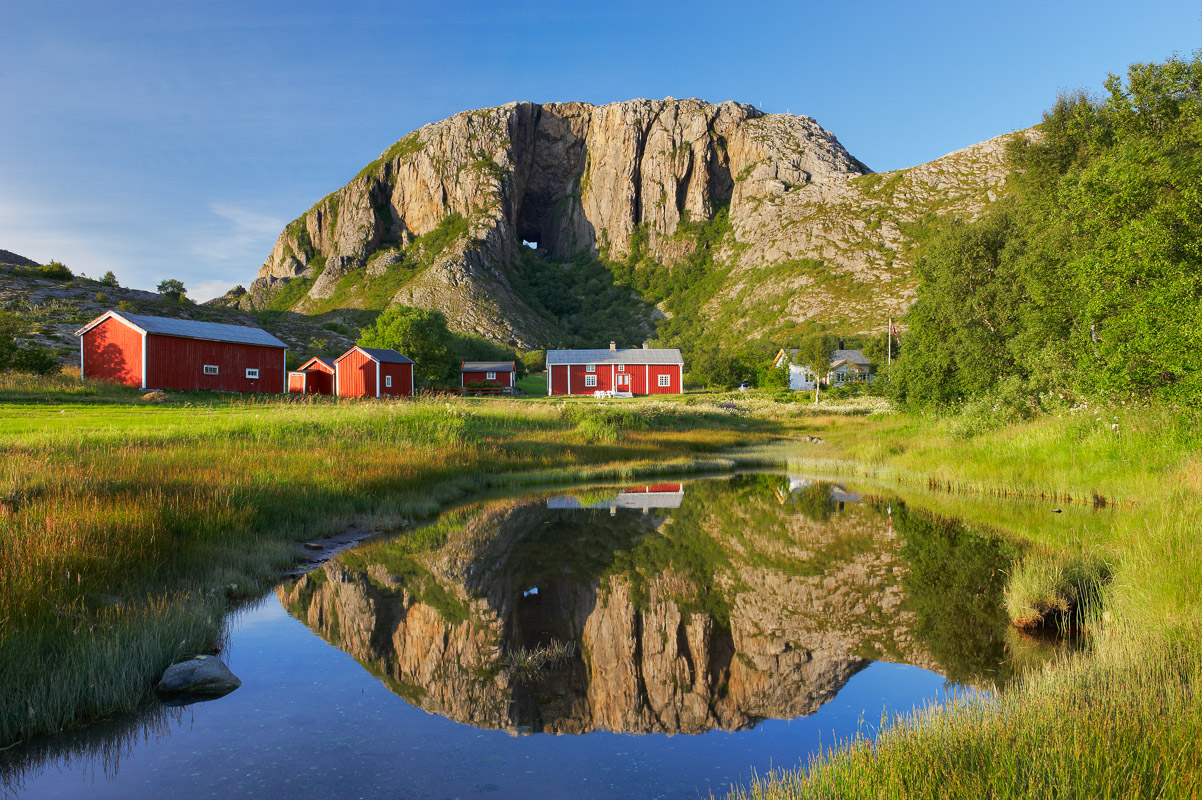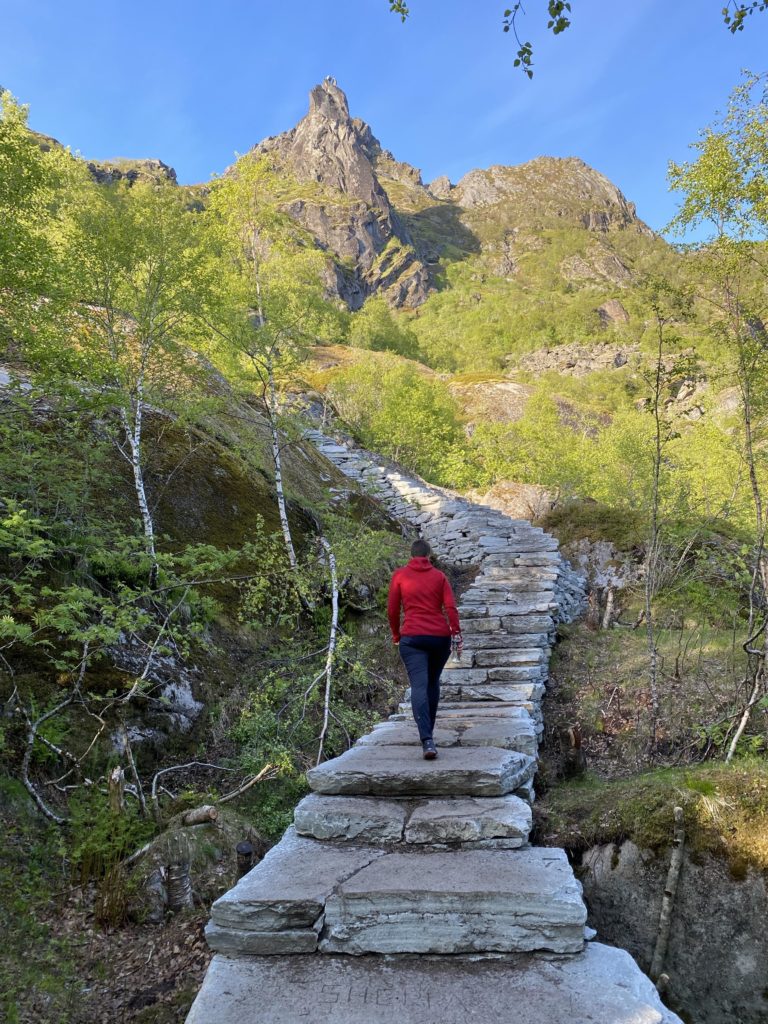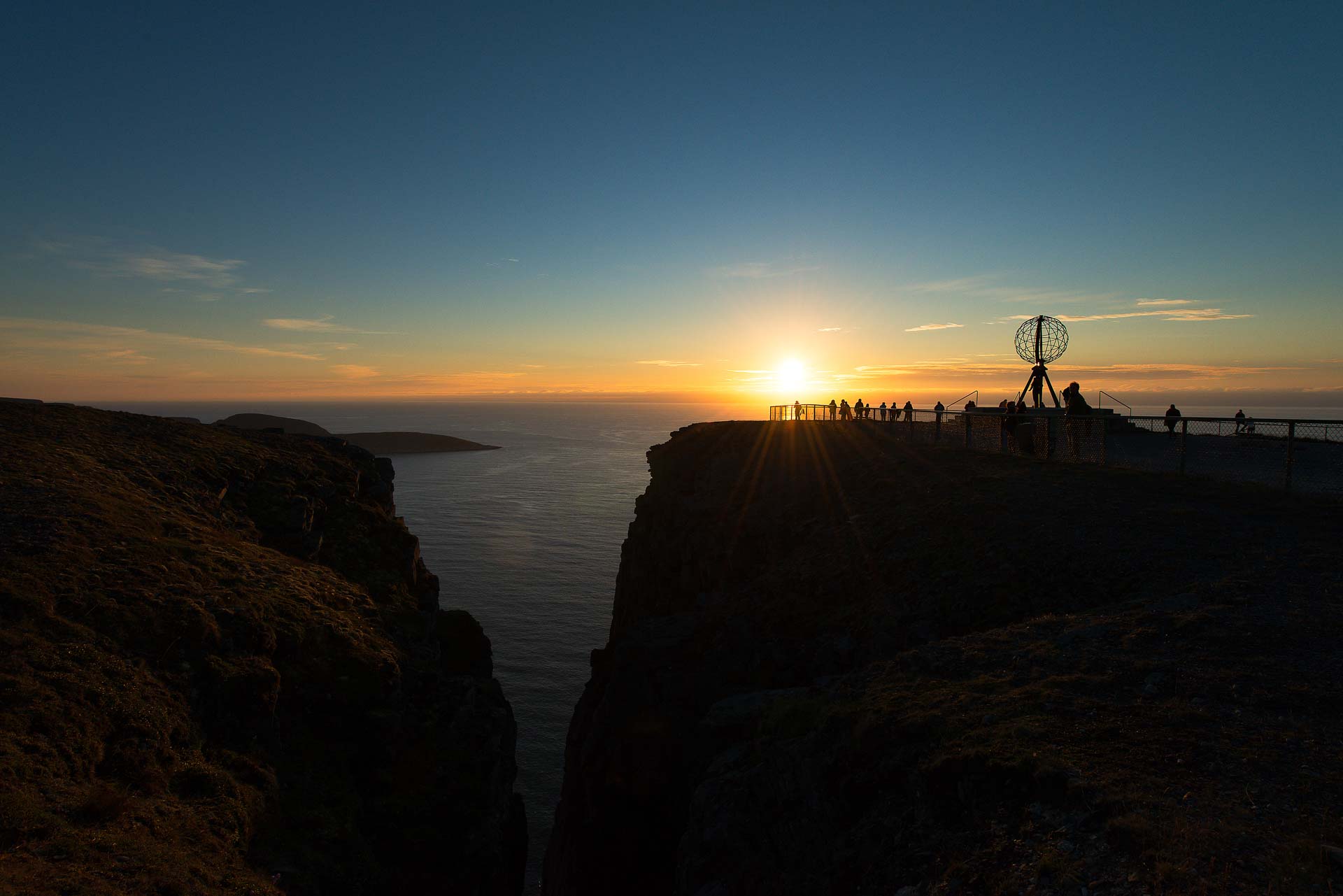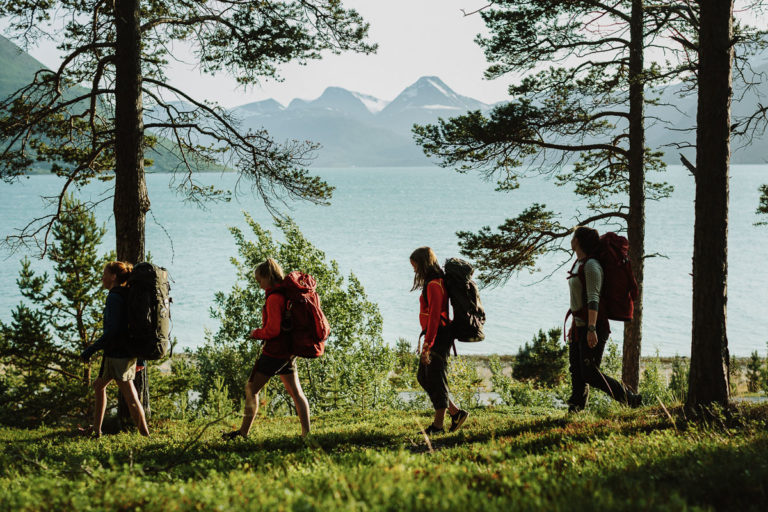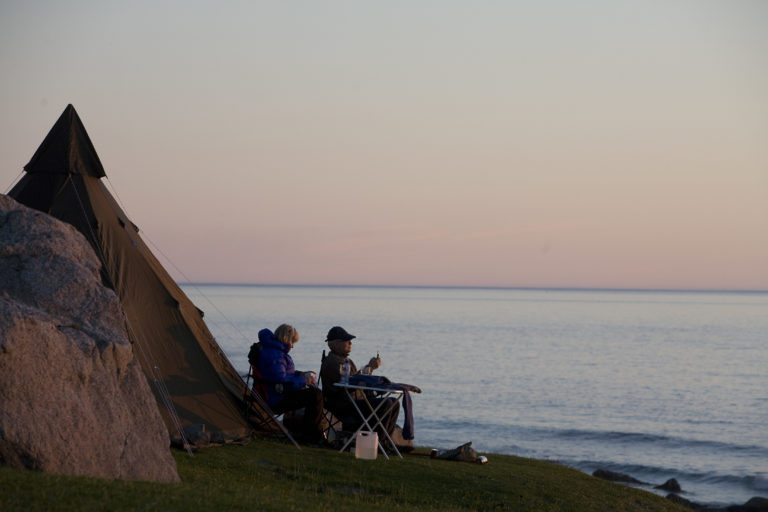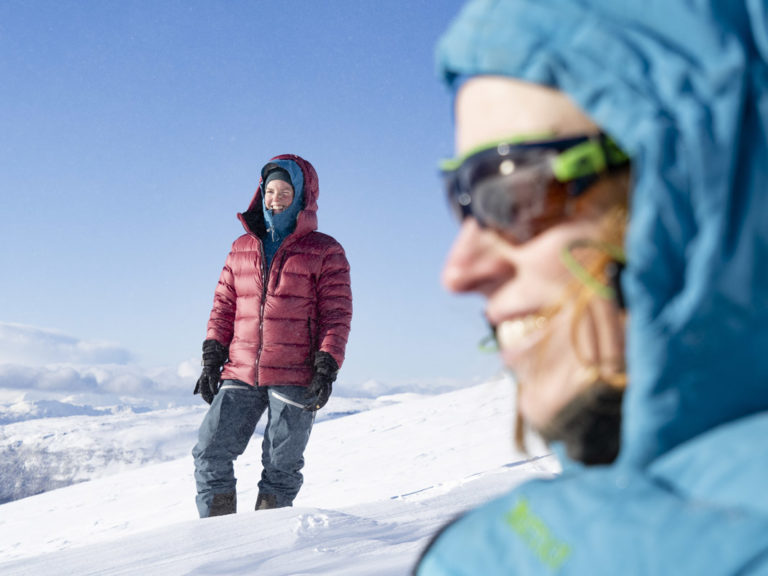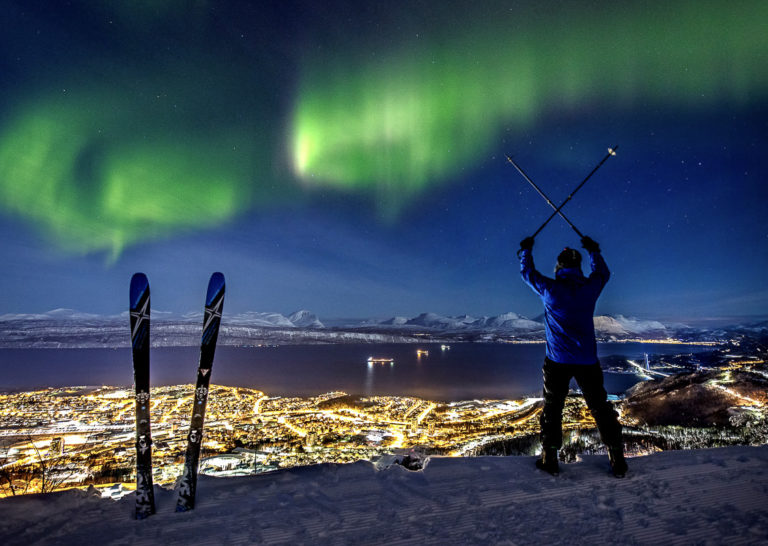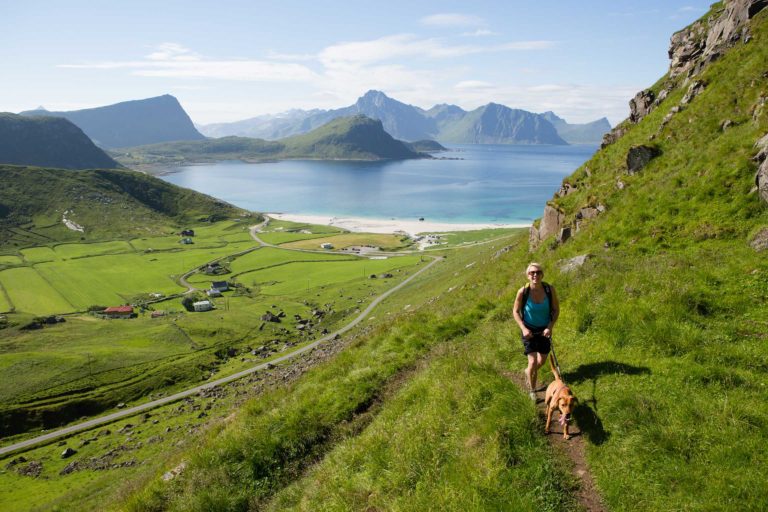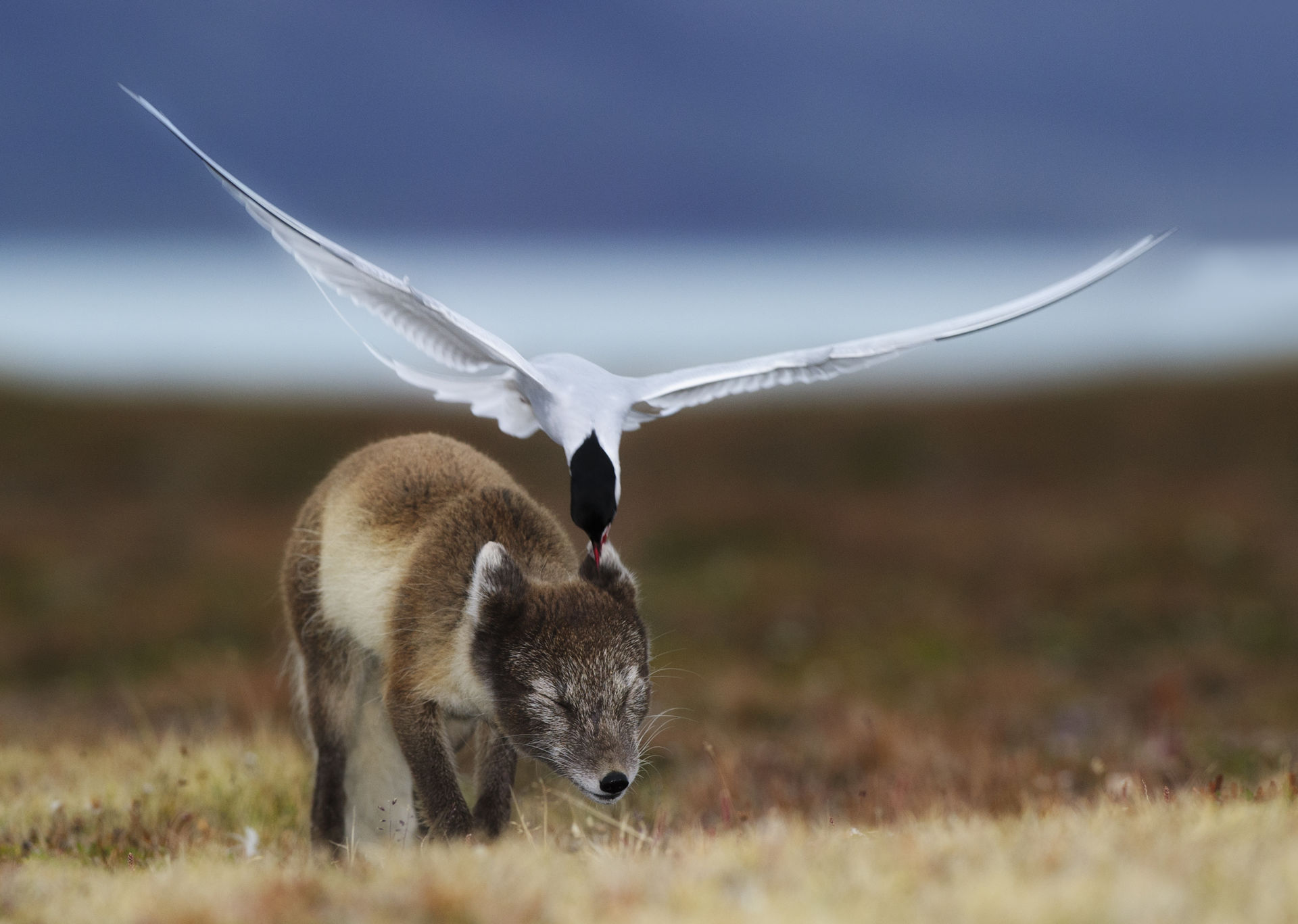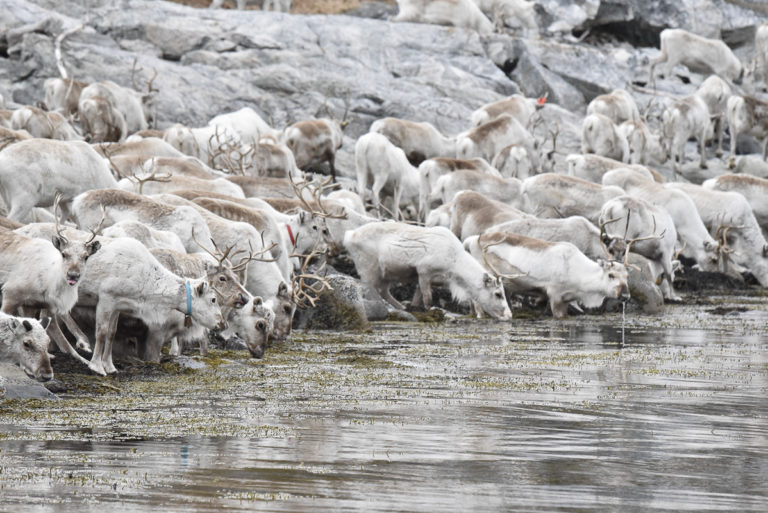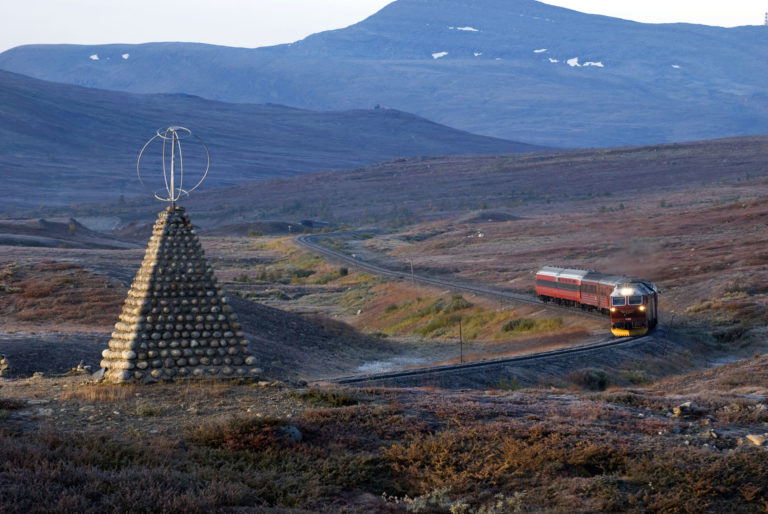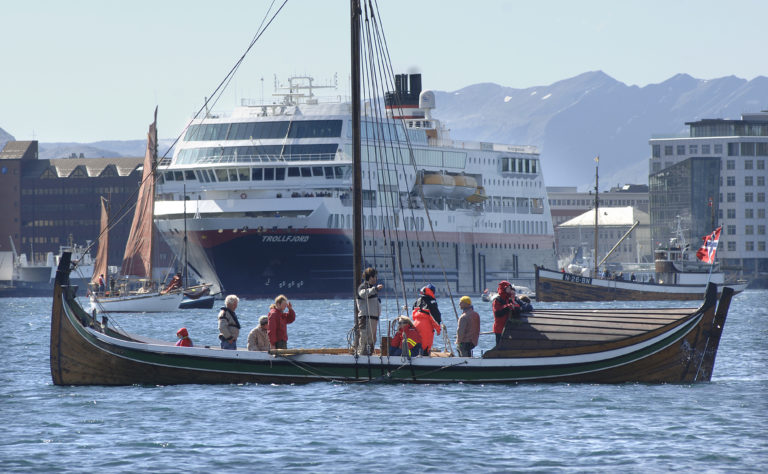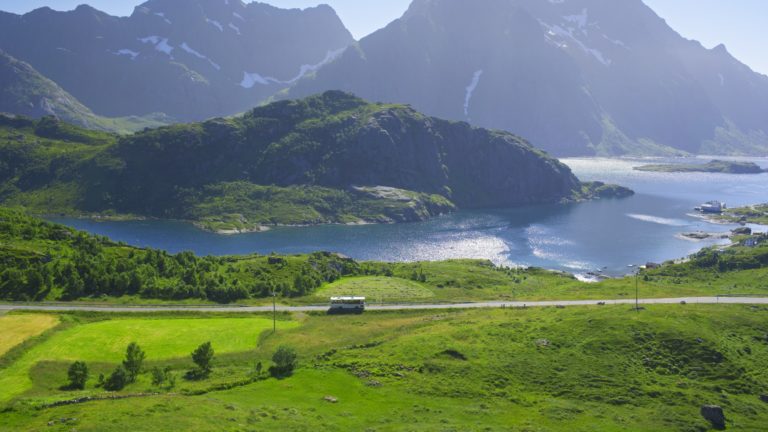Local nature managers try their best to tear them down again, but tourists often rebuild the cairns. See the photos from volunteers tearing down stone cairns at the Arctic Circle Centre, which the Nordland National Park Board recently carried out to bring back the natural conditions there.
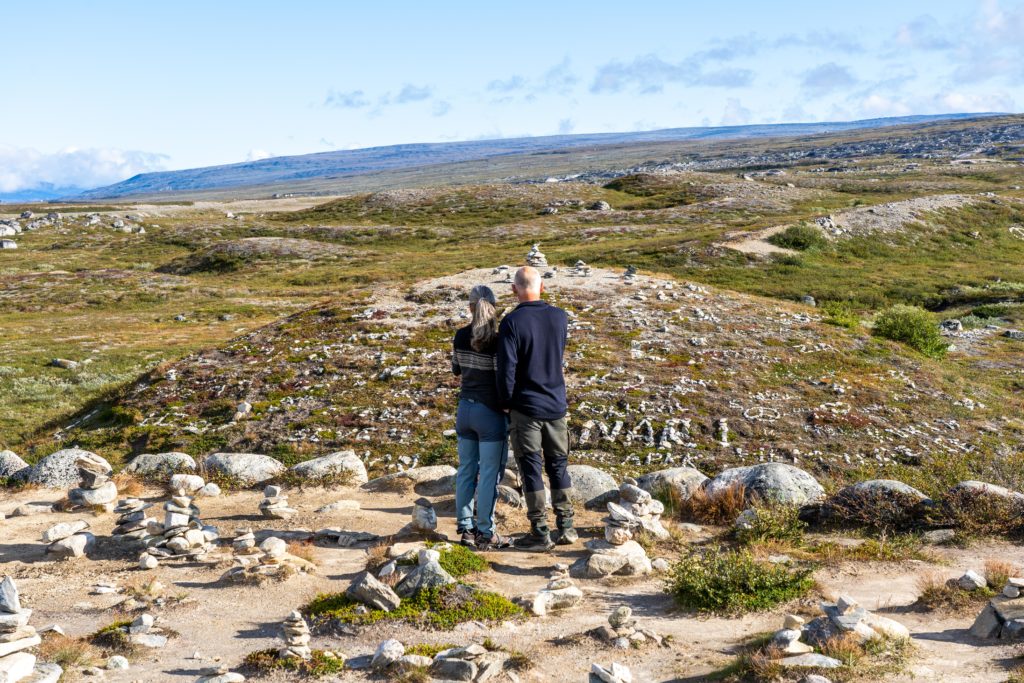
«Killroy was here»
In the “old days” cairns were erected to mark out routes in the mountains. Today, new cairns are being created in the mountains, but for a completely different – and strange – reason. Stories of travelers getting lost on vacation seem to be increasing all over the world. In Iceland, many call the new cairns “tourist warts,” while the many signs at Cape Point in South Africa urge tourists to “not destroy the home” of their biodiversity. It seems as if people simply have a need for marking themselves, but we must acknowledge that tourists do not fully understand these consequences.
– Humans have a very strong urge to leave a mark
Åsa Grahn, tourist expert and researcher at University of Stavanger in a interview by NRK.
This is what the law says
Cairn building basically requires permission from the landowner (Planning and Building Act). If it is a protected area such as Saltfjellet/Svartisen National Park, it also requires permission from the conservation authority (Nature Diversity Act). As a visitor, you must also not leave the site “in a condition that may appear unsightly or cause harm or inconvenience to anyone” (Outdoor Activities Act). No one may, without permission, “initiate measures that are likely to damage, destroy, excavate, move, alter, cover, hide or otherwise unduly disfigure automatically protected cultural heritage or create a risk that this may happen” (Cultural Heritage Act).
It seems like tourists do not understand that cairn building is illegal (see fact box above), and the harmful effects it can have (see the following chapters):
Creating stone cairns out of the trail?
Cairns have historically been a source of safety when storms hit – and hikers could follow the cairns to get safely on their way and back home. It can also have unfortunate consequences if new cairns mislead mountaineers away from the old trails and tried and tested hiking routes. Read more about this phenomenon, the enormous harmful effects and what it looked like at the Arctic Circle Center in the summer of 2024 at NRK Nordland.
Ruining the nature experience
Untouched nature and landscape are what both locals and visitors value most about living here and visiting our region. It gives us a feeling of being part of something bigger and many find good spaces for reflection, contemplation, mastery and development. This experience is very valuable to preserve!
Destroys animal and plant life
Biodiversity can also be damaged by the fact that more and more stones are taken from the ground and piled up in small and large cairns. The plants around die and only sand remains. Even small stones on the ground in the mountains create shade, retain moisture and provide shelter for plants that are important for wildlife in the mountains. Mice and lemmings, arctic foxes, birds of prey and grazing animals such as reindeer and sheep depend on this vegetation. The Arctic nature and the mountain landscape are particularly vulnerable to such changes.
Destroys cultural heritage
Cultural monuments can be hundreds and thousands of years old. They can be old cairns that were used as guides for shepherds and hunters. They can be old Sami campfires. They can actually be fences and retaining walls that have been standing there since the Stone Age. What you might think is a fallen cairn may actually be a thousand-year-old, irreplaceable cultural monument. Instead of moving the stones, trying to repair or create a new cairn, we should rather enjoy the footsteps of those who walked here before us. Whether they were Stone Age hunters, Vikings, cartographers or telegraph builders.
In the ancient Sami culture, nature was considered to be animated and alive, with a divine power. Mountains, boulders and lakes had life and could be of help to people if they were worshipped and sacrificed to. The sacrifice could be made at prominent stones in the landscape. In order to preserve traces of them, it is not allowed to build cairns that could deface these Sami cultural monuments. Read more about them at Arctic Circle Center at Saltfjellet.
The Arctic Circle at Saltfjellet/Svartisen National Park
The Arctic Circle is one of the biggest attractions in Northern Norway, especially for foreign visitors. Right next to the Arctic Circle, above Saltfjellet, is the Polar Circle Centre at 66° 33’ N, a unique building designed to blend in with nature. There is a café and souvenir shop here, where you can post your postcard with the Arctic Circle stamp. Read more about the Arctic Circle and Five good reasons not to build cairns at Visit Helgeland.
Saltfjellet-Svartisen National Park with adjacent protected areas is the most intact and complex natural area in the entire country, and stretches from the Swedish border all the way to the coast. Read more about the National Parks in Northern Norway.
Torghatten, Fløya og Porsanger
Torghatten outside Brønnøysund, in addition to being a major natural attraction, has many cultural monuments, e.g. Stone Age settlements around it. Pebbles and other stone material are relatively easy to move for visitors who want to mark their visit with e.g. a cairn. This applies both on the way up and inside the big hole. The Visitors Strategy of Torghatten (PDF in Norwegian) points out the challenges it poses, and how the locals can handle it.
Lofoten is an Instagram hit for many hikers, and not-so-advanced tourists who want a summit hike with magical views. It can be demanding for the natural and cultural landscape, as well as for locals and visitors. The problem of illegal logging is currently no bigger than managers and locals removing cairns as they come across them. Read the Advices when visiting Lofotodden National Park.
Fløya in Tromsø is a mountainous area where people are constantly building their own small cairns. Instagram phenomena such as #stonestacking and #stonebalancing, where people balance stones on top of each other and then post pictures on social media, may be one of the reasons. There is an increasing desertification that worries both nature managers and archaeologists. Read more about the Cairn bonanza on the city mountain of Tromsø (in Norwegian).
Porsangerfjord in Finnmark has large fields of flat stones that are suitable for stacking. In Skarvbergvika in Porsanger, new cairns have appeared like mushroom caps. Some people find them both fun to build and decorative, but nature conservationists and museum people believe that the scoundrels cause great damage. In 2014, two protected areas in Varanger were also vandalized, and the following summer, cairns and other structures were again discovered next to old graves. Read more about the Cairn scoundrels in Finnmark (in Norwegian).
North Cape at Europe’s northernmost point
North Cape is one of the country’s greatest natural attractions. Around the North Cape Hall there are hundreds of cairns built by visitors. This destroys the unique landscape and leaves a hole in the ground where the stone is taken from. With weather and wind, the holes quickly become three times as big. Read more about these problems at the newspaper iFinnmark (in Norwegian).
– We tear down thousands of cairns every year. It is harmful to nature and personally I don’t think it looks pretty. It is stated on signs, brochures and on the internet that tourists are not allowed to build cairns, but it doesn’t help much.
Hans Paul Hansen, assistant director of Nordkapphallen in an interview by iFinnmark.
There are many open landscapes and places in Northern Norway where the view is dominated by cairns. The right of way gives us the opportunity to travel freely. However, you are obliged to act considerately, so that animals and plants are not harmed or disturbed. Leave nature as you find it. When we travel past without a trace, and leave the stones in peace, we preserve and share this experience with those who come after us:
How to behave more responsibly as a visitor?
The nature in Northern Norway are not only treasure troves for outdoor activities, but primarily for landscapes, cultural heritage, Sami reindeer herding practices and biodiversity.
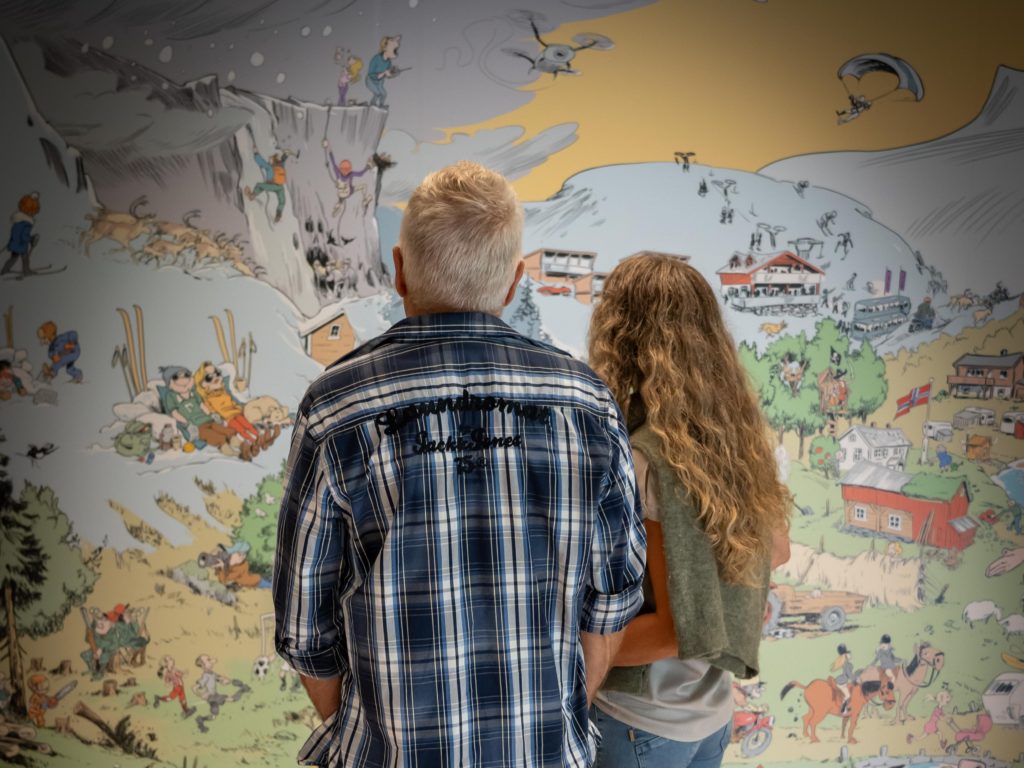
What should you think about when hiking in nature?
It is not the case that the protection regulations cover everything you need to deal with. There are several things that may be regulated by other laws, regulations and recommendations that you should consider:
- Bonfires
- Collecting trees and branches
- Disturbance of wildlife
- Dogs
- Bicycles
- Tenting
- Drones
- Cultural monuments
- Motorized traffic
- Mushrooms, berries and plants
You can find more information about what applies to outdoor activities at the Norwegian Environment Agency. You will also often come across landscape protection areas and nature reserves, which can have both stricter and more lenient regulations than national parks. Read more about what applies to the various protected areas in Norway.
Where do I dispose of my trash or “belongings”?
A good rule of thumb is that everything you take with you into nature, you should also take home with you. Nature takes a long time to break down all garbage, even food waste and other organic material. You can find good tips on what to do at https://norskfriluftsliv.no/hva-er-allemannsretten/hva-er-sporlos-ferdsel (in Norwegian).
What does it mean that cultural heritage is protected?
The nature contain both visible and invisible cultural monuments and cultural landscapes, which are protected from destruction. This applies to automatically protected cultural monuments in accordance with the Cultural Monuments Act (which are cultural monuments older than 1537 and Sami cultural monuments older than 100 years). In addition, more recent cultural monuments that refer to the historical use of the protected area may be protected. Please be considerate and do not move or take loose cultural monuments with you, such as cairns or millstones, as this can also affect the landscape and others’ hiking experience. Read more at Riksantikvaren (in Norwegian).
Four simple rules about reindeer and outdoor life
You may be passing reindeer herding districts, and it is important that you know how to behave in these areas:
- Be considerate in areas where reindeer calve. If you see newborn calves, move away quickly
- Dogs must be kept on a leash in the reindeer grazing areas
- When you meet reindeer on a walk, take a break at a good distance while the reindeer passes and grazes on
- Have a good dialogue with the local reindeer herding district when preparing and organizing events for outdoor activities
Travel by public transport and reduce your carbon footprint
Summary
“Leave only footprints, take only pictures and memories with you”
